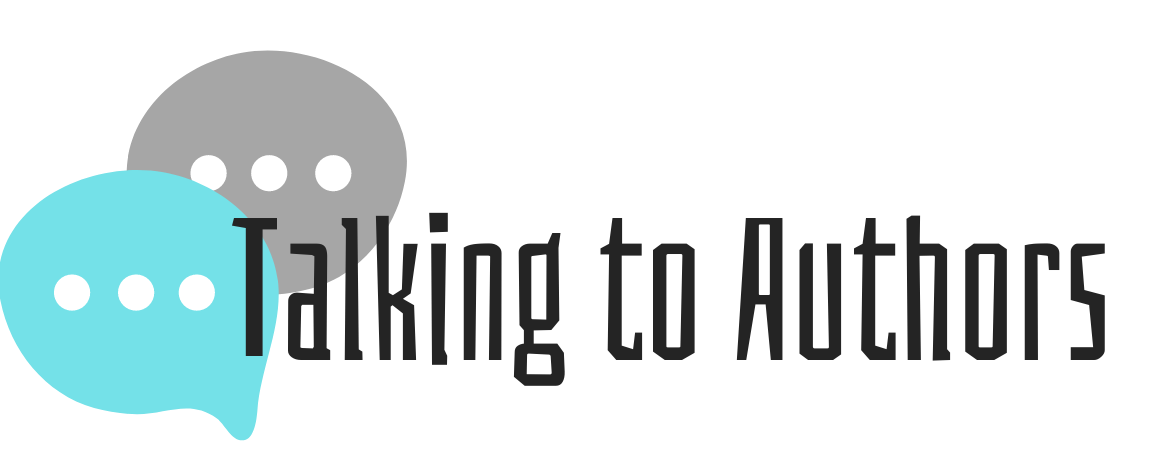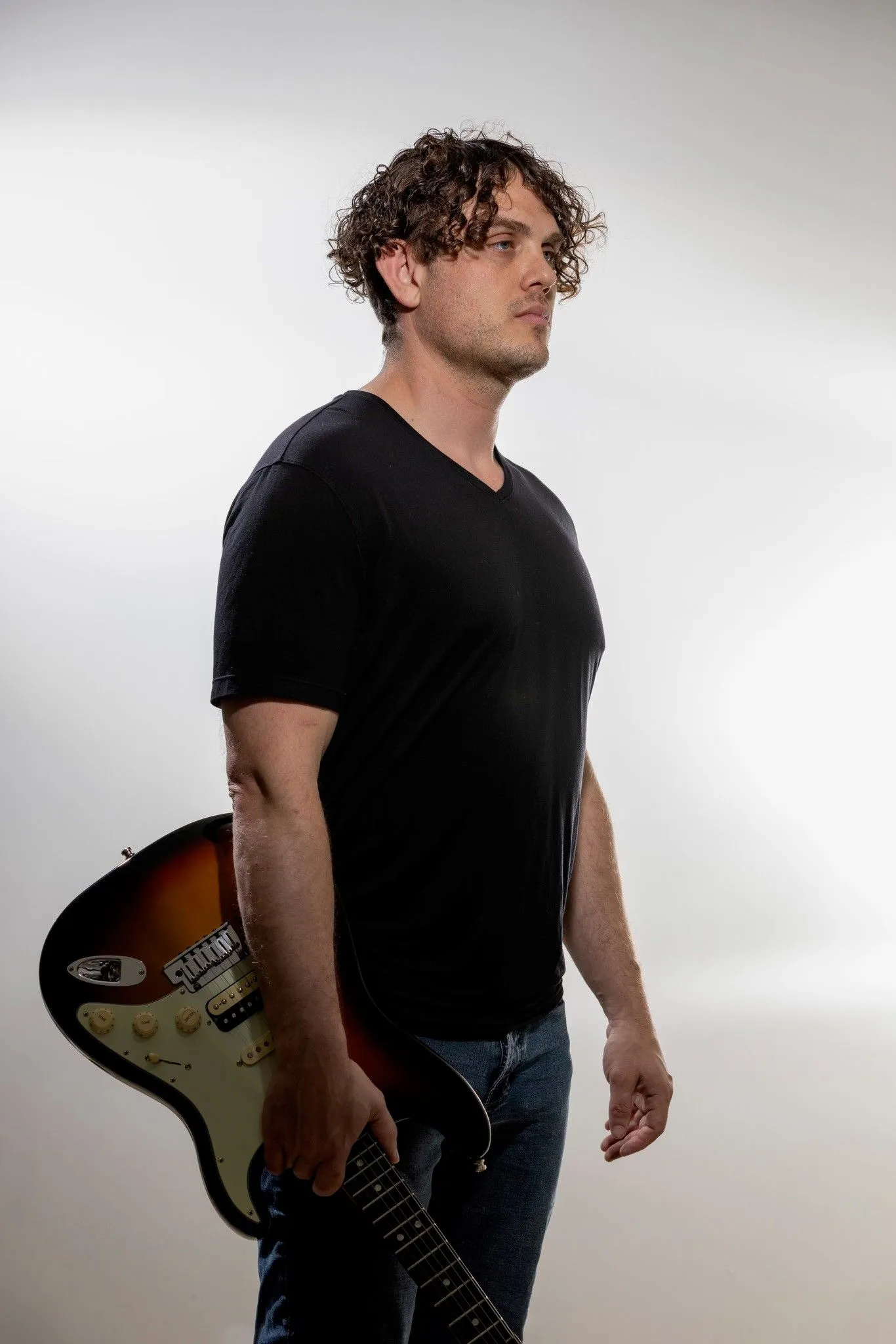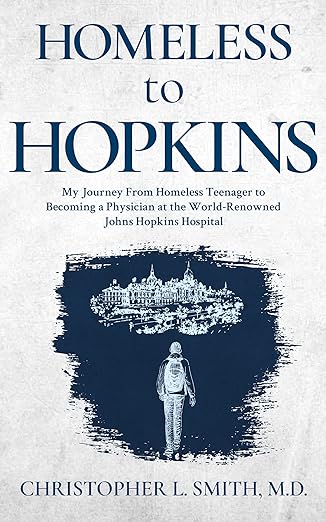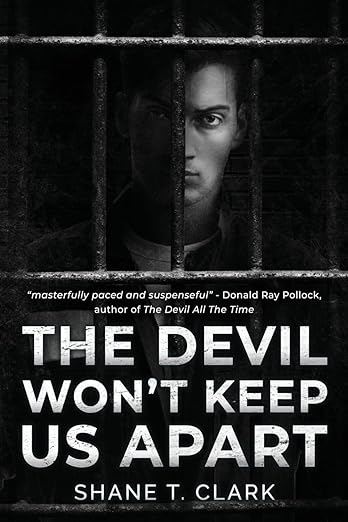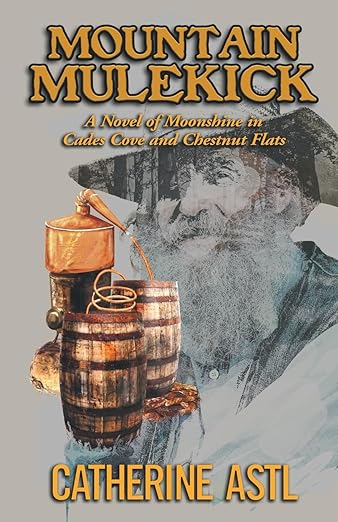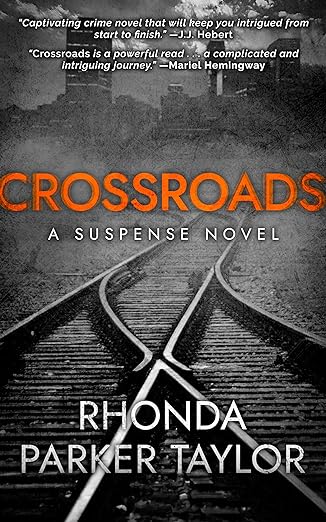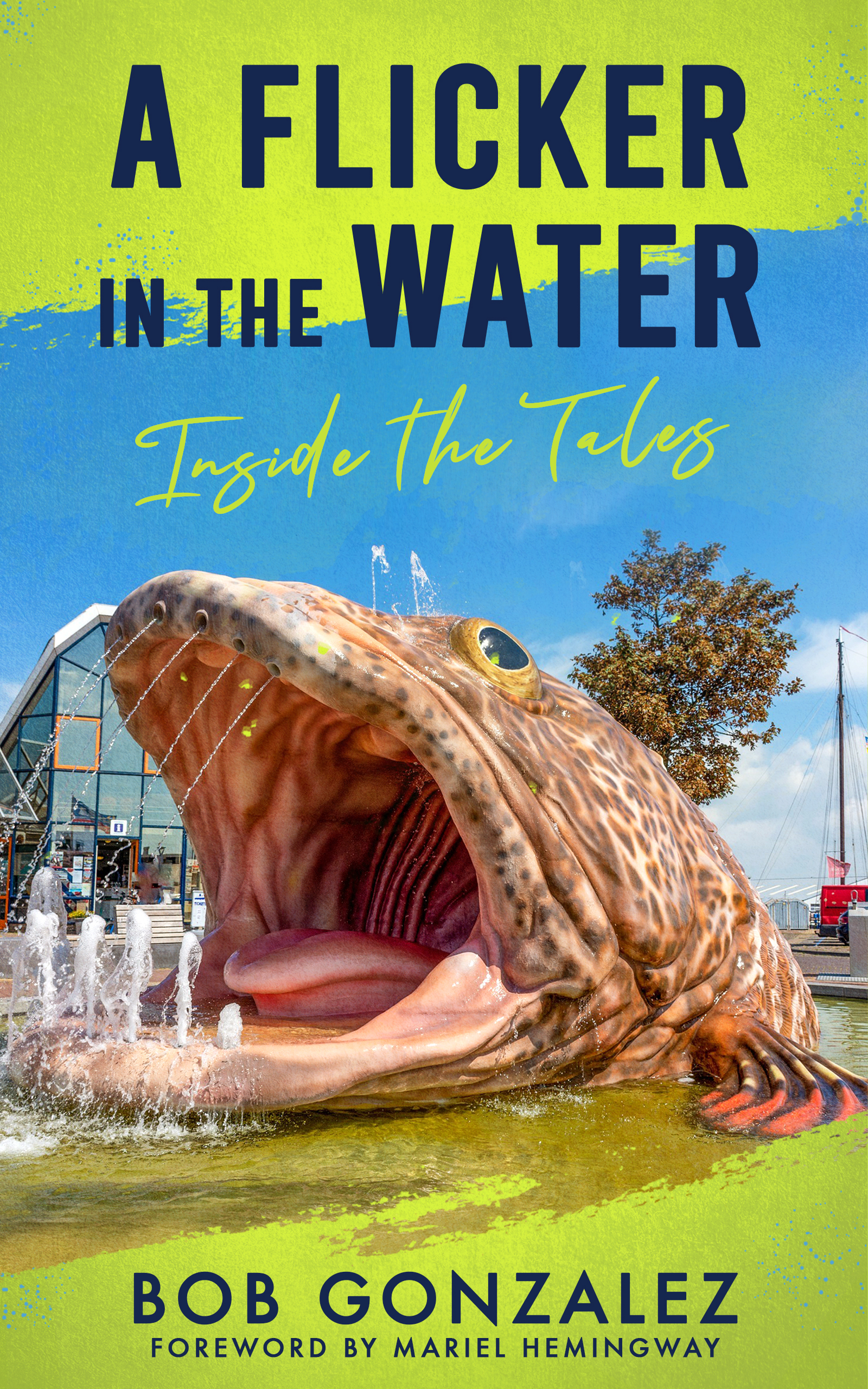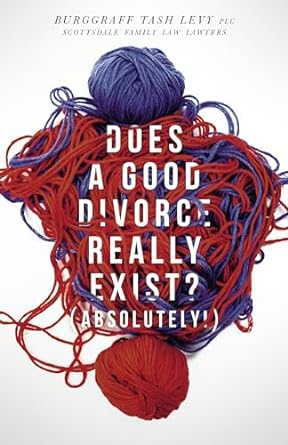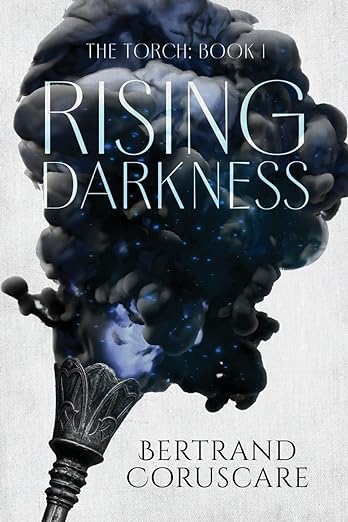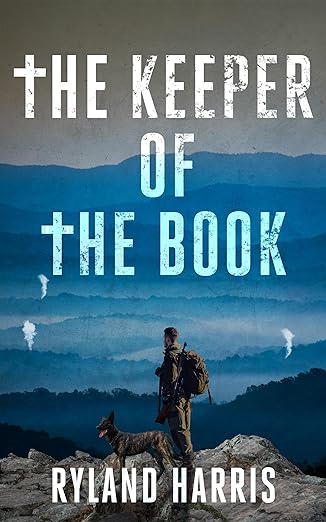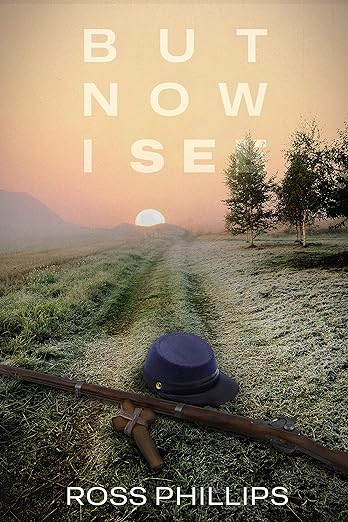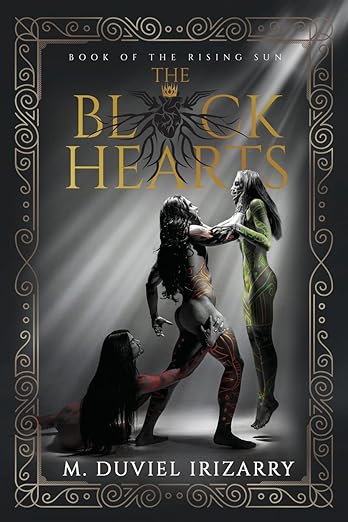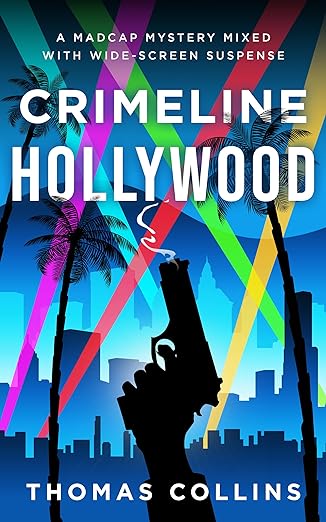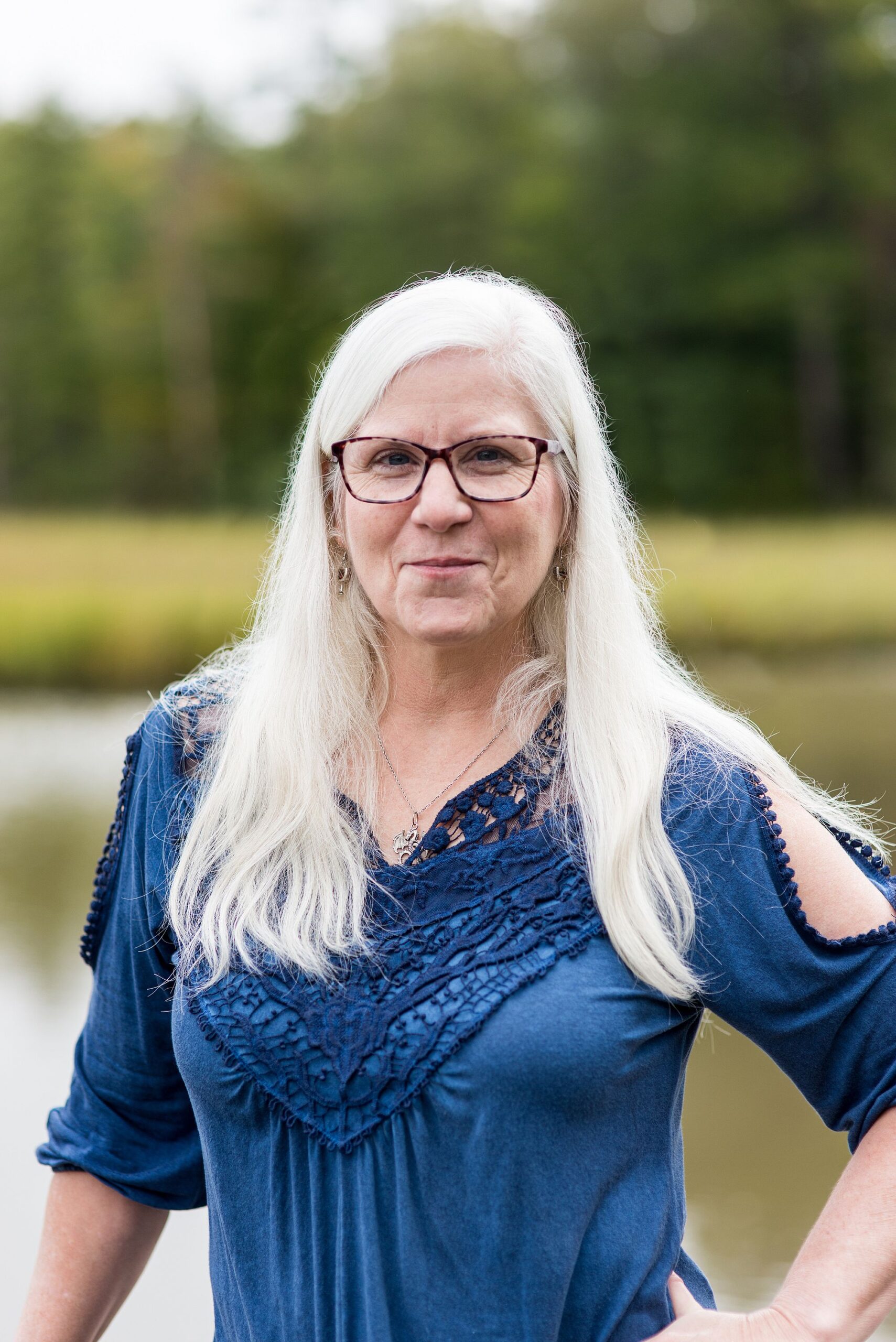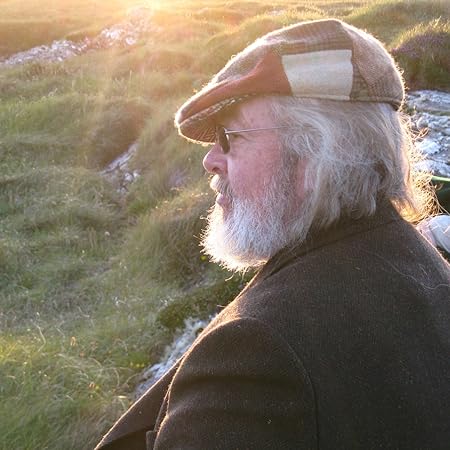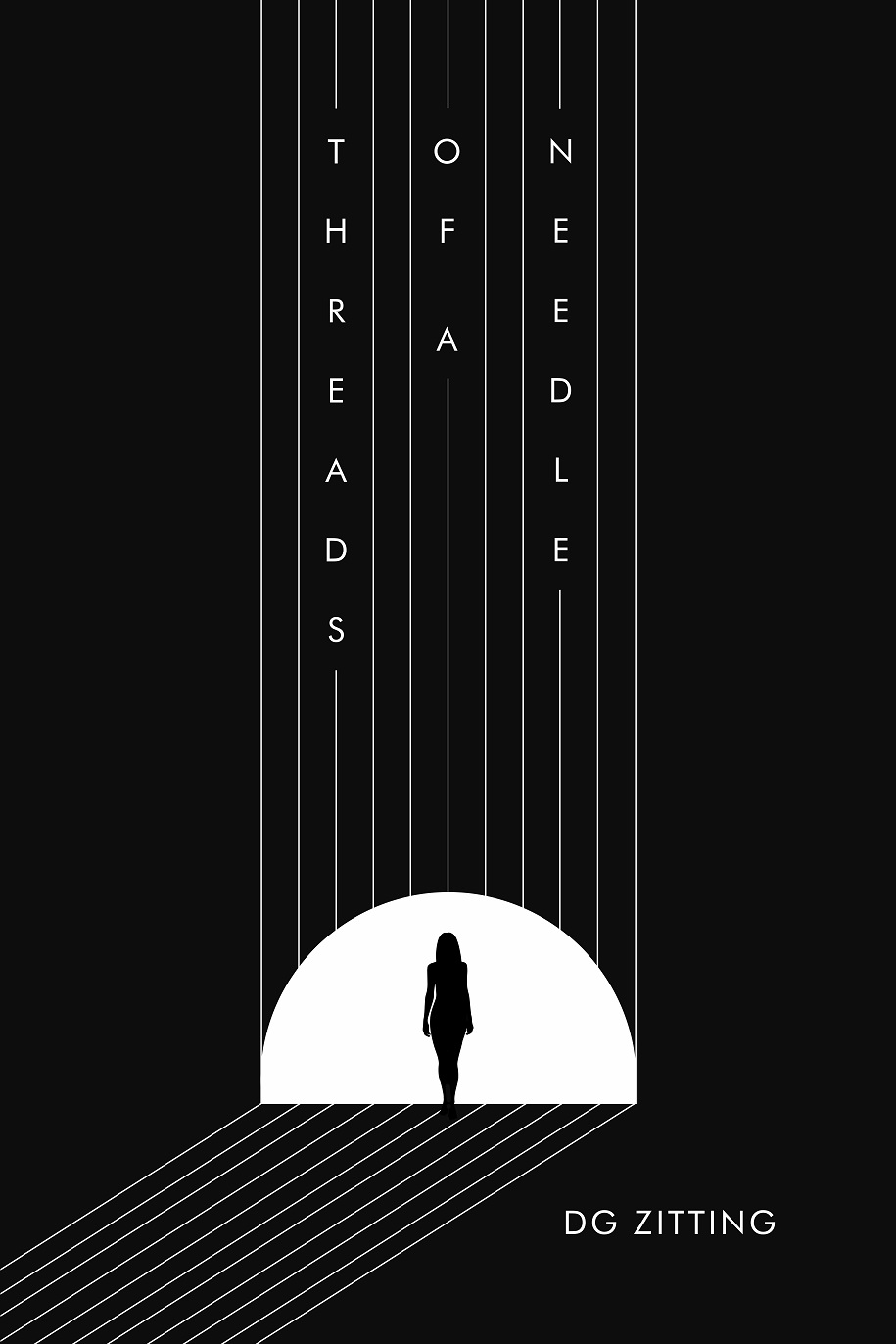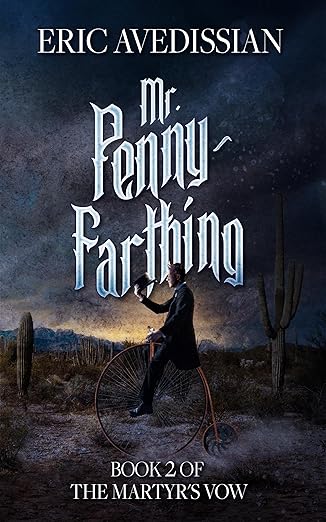Jennifer Ballow seamlessly blends her passion for storytelling with a profound understanding empathy in Under My Pillow. Her academic background in social work from the University of Texas at Austin infuses her narratives with a unique depth of care and purpose. Rooted in her role as a devoted mother to twin girls, her personal experiences serve as the muse behind her tales, fostering a love for reading and imagination. In Under My Pillow, readers follow the whimsical adventure of Samantha, a five-year-old navigating the surprise of losing her first tooth. Readers are treated to a new, fresh take on the Tooth Fairy figure, and a new angle of the whole mythos. In this interview we aim to learn more about Jennifer’s creative process and delve into the inspirations driving her storytelling magic.
The Tooth Fairy is often a way for children to engage with the concept of loss in a positive and comforting manner. How does your story approach this aspect of the experience?
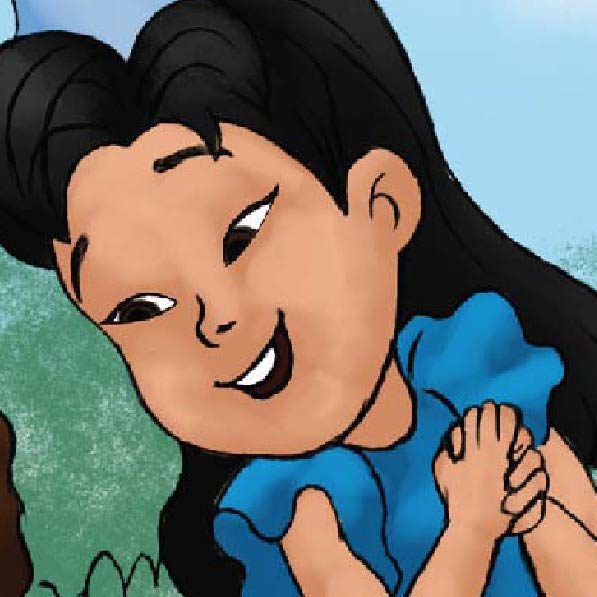 The tooth fairy keeps the fact of losing teeth light in two ways. First, she takes the lost tooth away in the middle of the night, so kids don’t have to experience the loss directly. Second, she exchanges the tooth for a present—so in the end, something is lost but something even better is gained. These two aspects help make the boo-boo better, so to speak.
The tooth fairy keeps the fact of losing teeth light in two ways. First, she takes the lost tooth away in the middle of the night, so kids don’t have to experience the loss directly. Second, she exchanges the tooth for a present—so in the end, something is lost but something even better is gained. These two aspects help make the boo-boo better, so to speak.
Encouraging your children to write a letter to the tooth fairy expressing their feelings can also help them to process the loss and feel “heard,” especially if the tooth fairy responds! In Under My Pillow, that’s just what Sam does, at the suggestion of her loving mom. Sam’s mom reassures her daughter that losing a tooth is natural and a sign of becoming a “big girl.” She uses simple language and smiles throughout, normalizing the process at the same time that she’s initiating Sam into a fun new tooth fairy tradition.
Do you think the concept of the Tooth Fairy has evolved or changed over time? How does your interpretation contribute to the ongoing legacy of this figure?
Art has always shaped the public imagination, and historically, artistic portrayals of the tooth fairy have looked something like Barbie: petite, white, and blonde. I wanted to question that paradigm and reflect more of the diversity I see in the world around me (and hopefully in that of my readership). For that reason, I re-imagined the tooth fairy as Asian and black-haired, and main character Sam as a girl of color.
I thought about making the tooth fairy older, too, since in this country we prioritize youth, but ultimately decided against it because I saw her as more of a mother figure than a grandmother figure. (For an excellent and heartwarming portrayal of grandmother-age fairies, see Disney’s Sleeping Beauty, and see The Little Mermaid (2023) for an alternate-to-the-Anglo-ideal Ariel. Although Disney has done a lot to perpetuate certain stereotypes, those characters at least are some they got right!) Also, fellow writers, idea alert: I can’t wait to read a tooth fairy story in which the tooth fairy is male!
Could you share any challenges you faced in crafting a unique and fresh take on the Tooth Fairy, considering its familiarity in popular culture?
Beyond wanting to change up the tooth fairy’s appearance, I was stumped when it came to adding something new to her well-known storyline. I started by doing a free write, a stream-of-consciousness style brain dump where, over twenty pages or so, I jotted down all of my random ideas and whatever else came to mind. I had the central conflict—Sam’s first lost baby tooth would go missing—but what happened after that or who swooped in to help wasn’t clear to me at first. It was actually a writing coach I hired who supplied the missing link: Gordy, the tooth fairy’s pet bird! No other tooth-fairy-themed book that I know of includes a bird with blue feathers, a red head, an orange beak, and green eyes. Gordy ended up being the third point of the “Sam/tooth-fairy triangle” that brought the rest of the story to life.
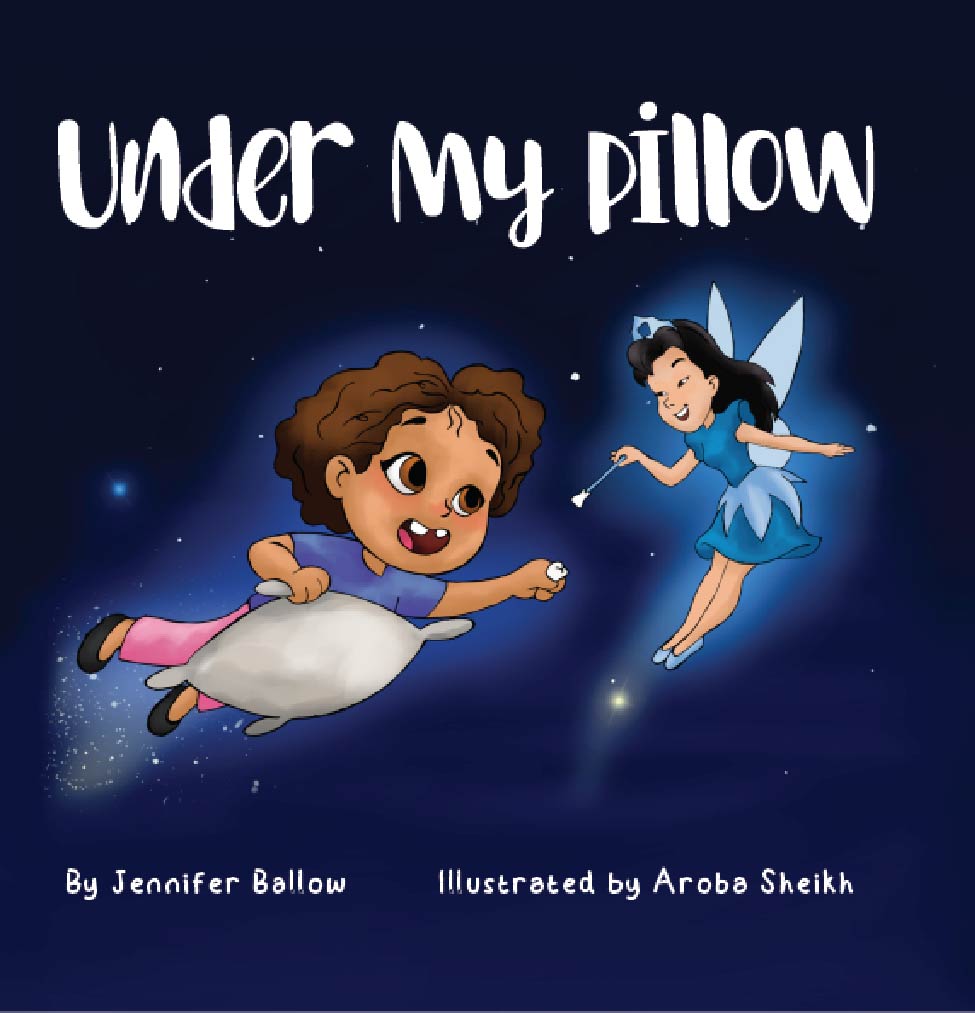 What message or feeling do you hope readers take away from your story involving the Tooth Fairy?
What message or feeling do you hope readers take away from your story involving the Tooth Fairy?
Under My Pillow is a happy-feeling book! There are some tense moments and times where main character Sam must practice trust, problem-solving, and forgiveness, but everything turns out well in the end. I hope my story helps to allay kids’ fears and anxieties about losing their baby teeth, as well as helps them understand empathy, teamwork and friendship. All of these lessons give kids something to look forward to and gives them important tools to deal with life’s inevitable problems or issues.
Trust is a significant theme in the story. How do the characters’ actions and decisions reflect the importance of trust, and what message do you hope young readers will take away from it?
After Sam loses her tooth, she teams up with her mom, the tooth fairy, and Gordy to find it. Together, they make a plan, confident they will be successful. Sam never doubts herself or her team; she trusts in her own capabilities and those of her friends. Trust is the opposite of doubt. It keeps us from feeling anxious or confused and encourages us to try no matter the odds.
Forgiveness is another central theme. How did you navigate the process of conveying the concept of forgiveness in a way that is accessible and meaningful to children?
Seeing as most kids will have to forgive someone—a peer or a parent, usually—in childhood, it’s helpful to provide them with models of what forgiveness looks like. In Under My Pillow, you could say Gordy is like a peer to Sam. She expects him to be on her side. When instead he plays a trick on her, Sam feels angry and betrayed. She could bottle that emotion up—a destructive reaction—or she could work through her feelings with Gordy in a socially constructive way. Sam chooses to express her emotions, giving Gordy an opportunity to acknowledge her and apologize… which is all Sam needs to forgive him.
Although Sam and Gordy end up hugging it out, I’d like to emphasize here that they don’t necessarily interact ever again. Sometimes, even when you forgive a person, your trust in them remains compromised and you may decide to keep your distance. I think that’s natural and okay.
Could you share an example from the book that highlights how the characters apply problem-solving skills to overcome a challenge?
One great problem-solving skill, regardless of your age or anything else, is being able to ask for help. It’s an especially useful skill for kids who must rely on the grown-ups around them to be mentors and guides who offer appropriate advice. What kids naturally have going for them is a level of wisdom and intuition that adults, if they know what’s good for them, will pay attention to—for example, when Sam states clearly to Gordy, “I’m feeling angry that you tricked me.” She is in touch with and practicing vulnerability around her emotions, a skill that Sam’s mom probably modeled for her. The “problem” here isn’t that Sam’s angry; it’s that someone she trusted betrayed her. When Sam forgives Gordy, she’s modeling for readers that forgiveness can be its own problem-solving skill.
Purchase Under My Pillow on Amazon
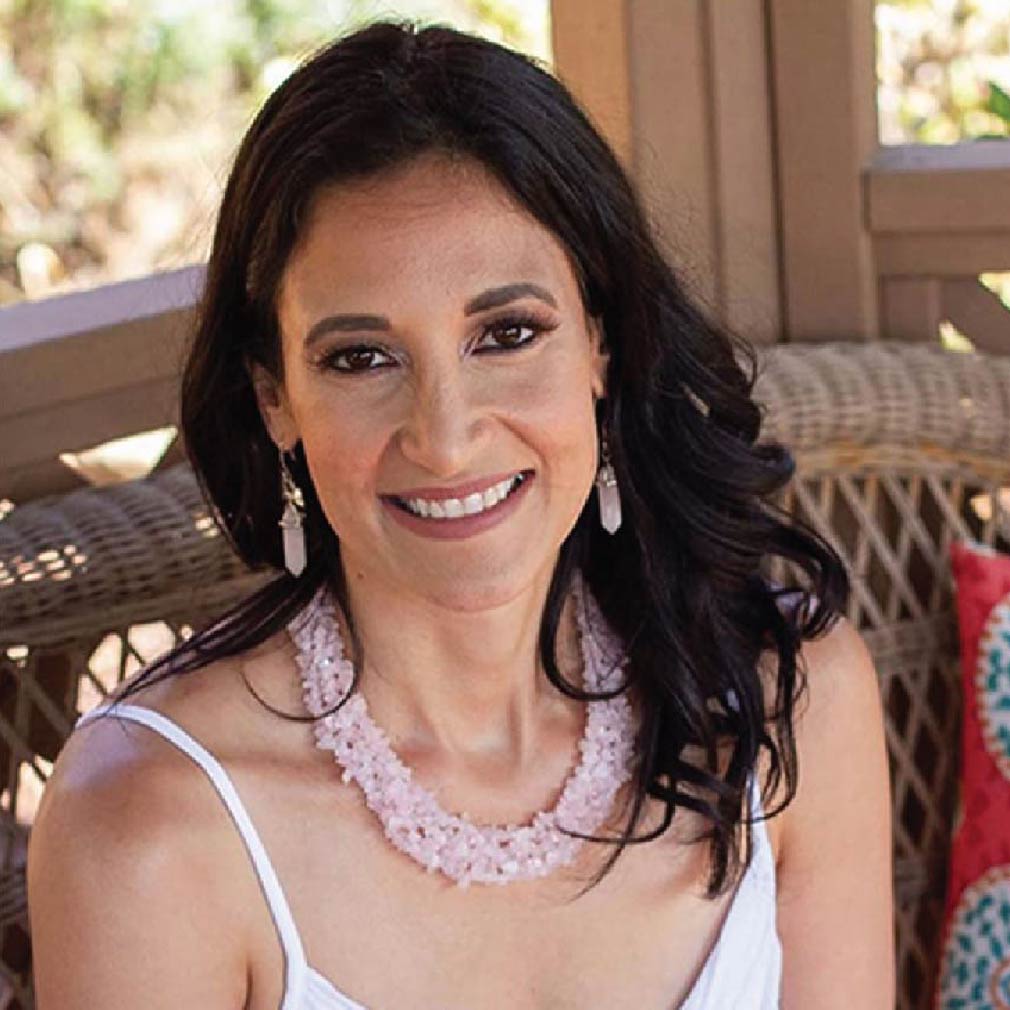 About the Author Jennifer Ballow
About the Author Jennifer Ballow
I’m a new children’s book author and I love to help people in all stages and from all walks of life live the best lives that they can. In publishing stories, I hope to inspire you and your family to connect through reading, imagination-building, and creative writing. I adore books and enjoy collecting children’s literature, biographies, and short stories. I’m also a social worker & graduated from the University of Texas in Austin. I care about the community and want all people to have the same great opportunities that I have had.
A devoted mom to twin girls who are now almost all grown up, I cherish every minute I can with them! When I am not hanging out with my family and friends, I spend time reading, volunteering, and filling up my art journal with crazy ideas, magazine clippings, and paint squiggles.
I can’t wait to meet you and get to know your dreams and your stories!
